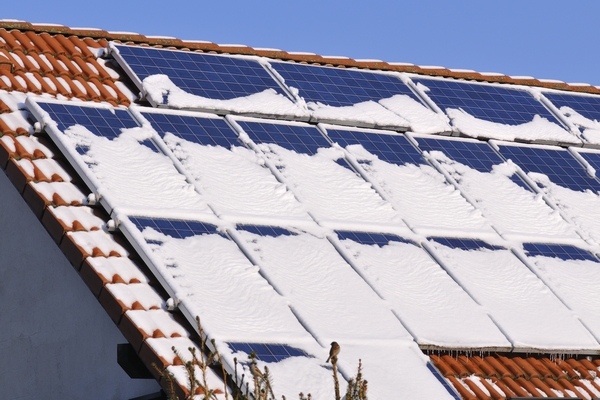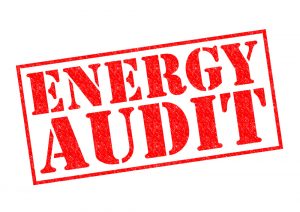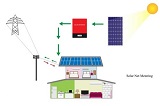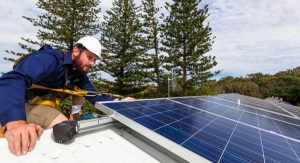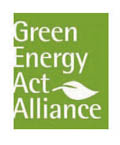Take a look at the picture. Can you guess at what time of the day we rinsed solar panels with water?
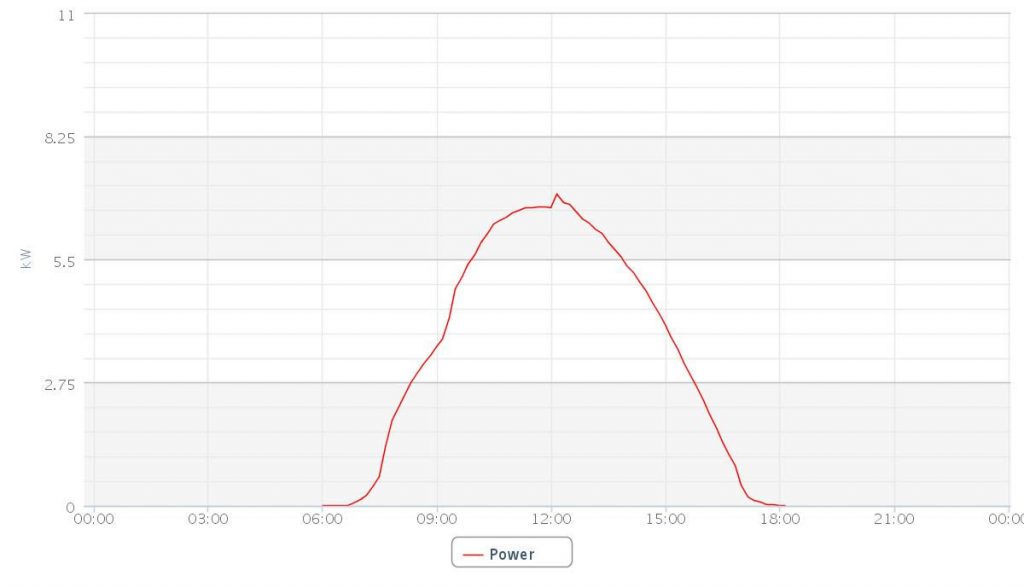 Effect of solar panels cleaning
Effect of solar panels cleaning
Do you notice a slight bump on the power production curve around noon time? Exactly!
Quite often we are being asked: “How does dirt or snow affect solar energy system’s performance?” So, today we’ll try to address this topic in our post.
Dust happens
It is normal for dirt to accumulate on your solar panels from air pollution, dust, and even bird droppings. Depending on where you live and the pitch at which your solar panels are installed, dirt can significantly impact on your solar energy system’s performance.
A fine layer of dust covering your solar panels will result in a minimal loss of your system’s overall output as light can still filter through to the solar cells. More substantial soiling from bird droppings or leaves, however, can cause a noticeable reduction in your system’s production. This loss of power is even more significant if your system is installed with a string inverter rather than micro-inverters. We explored the difference between these two types of inverters in an earlier article that you can read here.
Depending on the environmental conditions and location, dirt can significantly decrease a solar energy system’s output. If you live in a residential area, this is usually not a big problem. A good rainfall or a quick hose down with water is usually enough to keep the dust at bay, so your system is up and running at its full potential. The exception to this rule is if your solar panels are installed with little to no pitch. As water pools and evaporates on the surface of the solar panel, it leaves behind a layer of grime that cannot naturally wash away. It is also easier for leaves to accumulate and prevent light from penetrating through to the solar cells.
Google conducted their own field test and found that while natural rainfall did an adequate job at cleaning their tilted solar panels when it came to their solar panels installed with no pitch, manual cleaning resulted in their energy output doubling overnight!
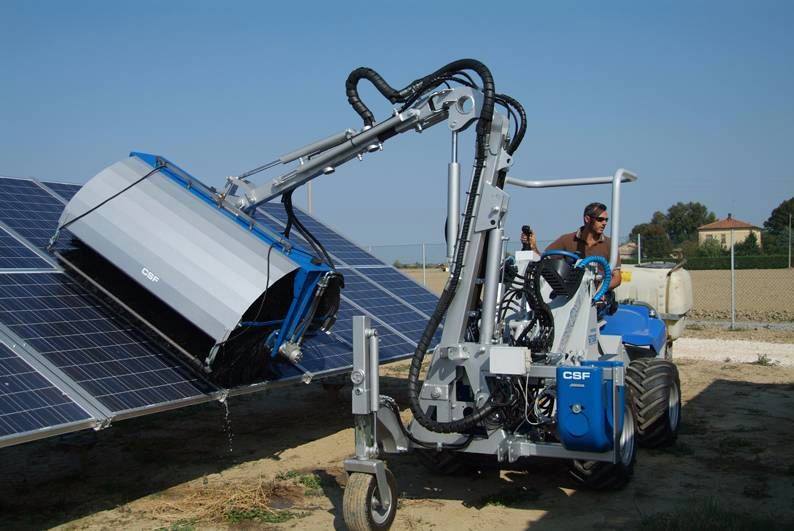
If your solar energy system is installed near a farm field or close to an industrial area, you are more likely to notice a drop in your system’s output due to an increase in air pollution. Hiring a professional company in this situation to clean your solar panels once or twice a year is a good idea. This is especially true for big solar farms or commercial systems as the loss in solar production is more significant.
The snow effect
Snow around a solar array can actually help increase the output of your solar panels. As surprising as this sounds, the pure white snow on your roof reflects the light of the sun, giving your solar energy system a welcome boost of energy during the winter.
Solar panels covered with snow
Of course, if you allow snow to build up and completely cover your solar panels it will severely decrease or completely halt your solar energy system’s output. However, snow build up is rarely a cause for concern. Solar panels retain heat and are usually installed at an angle. When energy photons penetrate and hit the black surface of the solar panels, the snow melts and slides off, leaving your panels clean and free from obstruction.
To clean or not to clean
When it comes to snow and dust, it is more cost effective to let nature takes its course. While you can buy all sorts of weird and wonderful solar panel cleaning devices; rain, pitch, and sun are the perfect combination to keep your solar panels snow and dirt free.
If you find your solar panels need a spring clean for stubborn dirt, contact our solar team at Ontario Solar Installers for advice on the best cleaning solutions for your situation.


